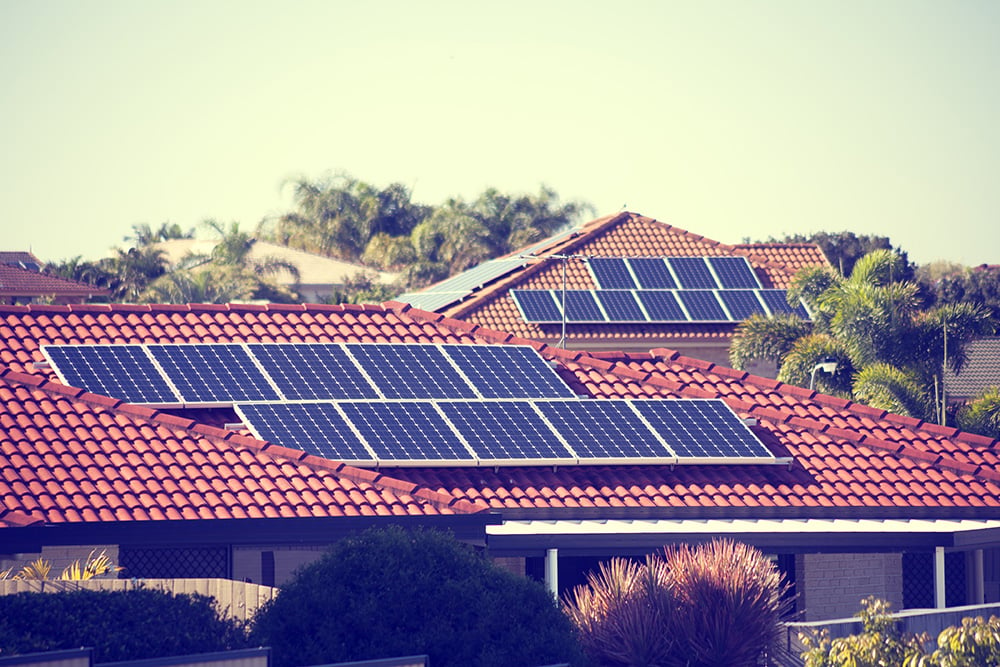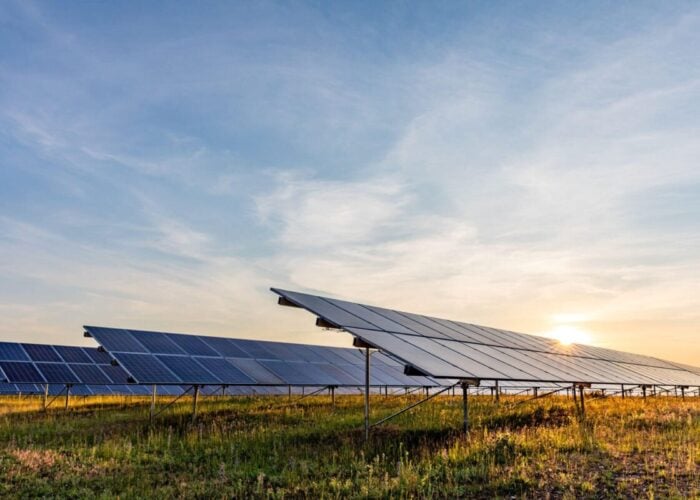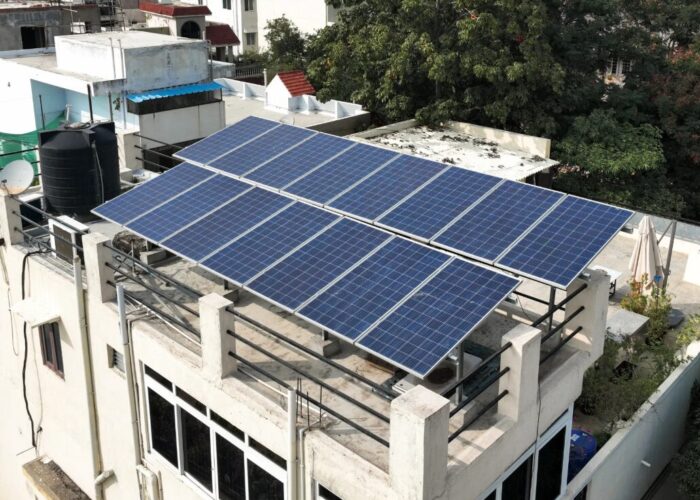
Australia has “just months” to finalise a redesign of its National Electricity Market (NEM) so consumers can reap the benefits of increased renewable generation capacity, according to the regulator that provides oversight for energy security and reliability in the country.
The Energy Security Board (ESB) released two reports that reveal the current health of the NEM and detail its future direction post-2025, with reforms put forward such as the development of renewable energy zone frameworks and improving congestion information for the market.
Try Premium for just $1
- Full premium access for the first month at only $1
- Converts to an annual rate after 30 days unless cancelled
- Cancel anytime during the trial period
Premium Benefits
- Expert industry analysis and interviews
- Digital access to PV Tech Power journal
- Exclusive event discounts
Or get the full Premium subscription right away
Or continue reading this article for free
While “real progress” has been made in terms of improved generation capacity, emission reduction and network investment, the ESB says both system stability and investor confidence remain an issue in the NEM, which covers Queensland, New South Wales, Australian Capital Territory, Victoria, Tasmania and South Australia.
ESB independent chair Kerry Schott said major changes are needed to unlock value for customers and ensure investments are made in an efficient manner to deliver affordable and reliable electricity.
“We are concerned about security constraints in some parts of the NEM and the increasing pressure on distribution networks from growing rooftop solar penetration,” she said. “This, combined with growing large-scale renewable generation and low wholesale prices, means it is vital that post-2025 reforms are put in place that can work alongside government policy schemes.”
The reforms aim to address the main challenges facing Australia’s energy sector, including affordability for all consumers, renewable energy zones, enabling new generators to have adequate access to the grid and national standards for distributed energy resources.
According to the ESB, between 26GW and 50GW of new large-scale renewable variable renewable energy (VRE) – in addition to existing, committed and anticipated projects – is forecast to come online in the next two decades. This will be supported by between 6GW and 19GW of new flexible and dispatchable resources, as approximately 16GW of thermal generation (61% of the current coal fleet in the NEM) retires.
A focus on demand-side participation is among the reforms that ESB will pursue to unlock opportunities for consumers to use their energy consumption to increase competition. Its report says current arrangements do not make it easy for new technologies or service providers to enter the market, and are not set up in a way that rewards customers for their flexibility. The regulator will therefore consider incentives for flexible demand and distributed energy resources to participate in scheduling.
In terms of access and transmission, the ESB will look to develop a renewable energy zone framework as a stepping stone towards the long-term goal of locational marginal pricing and financial transmission rights.
Schott said there is an “urgency” to address the repercussions of rapid change in Australia’s electricity system. “What we have in place now is no longer fit for purpose for the energy transition and beyond. The time to tackle these problems is now.”
She said: “It’s now time for tough, united, decisions. If we keep kicking this further down the road, it’s going to cost us all more for electricity in the future.”
Over the coming months, the ESB will develop a detailed design for the reforms, providing state governments with options for a pathway forward by the middle of 2021.






